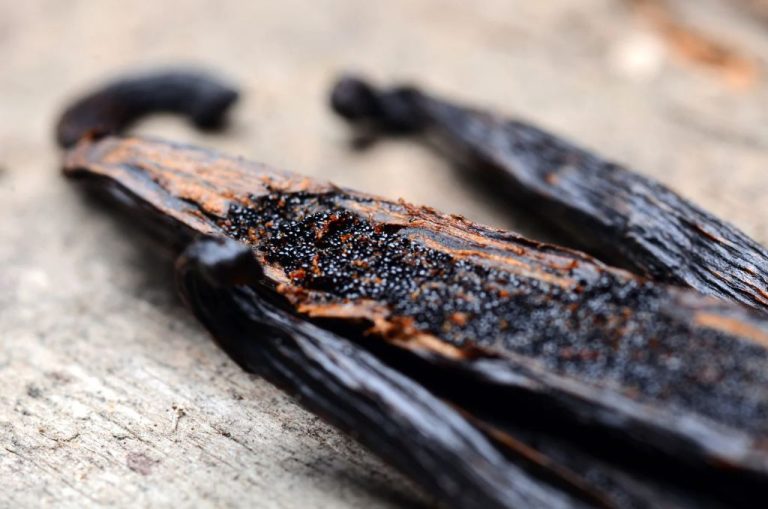How Do You Light Scented Candles?
Scented candles have become increasingly popular over the years for their ability to create cozy, inviting environments and introduce lovely fragrances into any space. Unlike plain candles, scented candles fill the air with beautiful aromas like lavender, vanilla, apple cinnamon, and more. Beyond simply providing light, scented candles allow people to set a particular mood, elicit certain emotions, enjoy their favorite scents, and even promote relaxation. The versatility and customization of scented candles makes them a staple in many homes and perfect for enhancing dinner parties, spa days, or quiet nights curled up with a good book.
Safety First
When it comes to lighting scented candles, safety should always be your top priority. Candles have an open flame that can lead to burns or fires if not used properly. Here are some key precautions to take:
- Place candles on a stable, heat-resistant surface away from anything flammable. Avoid surfaces like wood, plastic, or paper.
- Keep candles away from drapes, curtains, towels, clothing, or anything else that could catch fire.
- Never leave a burning candle unattended. Always blow it out if you’re leaving the room or going to sleep.
- Keep candles out of reach of children and pets who may knock them over.
- Trim candle wicks to 1⁄4 inch before lighting to avoid flare-ups.
- Allow melted wax to completely pool before moving a lit candle.
- Consider using battery-operated flameless candles which provide the ambience without the fire risk.
- Have a plan to quickly and safely extinguish the flames if needed – keep a snuffer, smothering plate, or fire extinguisher on hand.
Taking these simple precautions will allow you to enjoy your scented candles safely.
Choosing Your Candle
When selecting a scented candle, you’ll first want to consider the candle’s core material. There are three main types of candle wax: soy, beeswax, and paraffin.
Soy candles are made from soybean oil. They burn cleanly without producing excess smoke or soot. Soy also holds scent very well. The natural scent from the soy wax can complement added fragrances. Soy candles must be wicked properly to avoid tunneling.
Beeswax candles are made from bee honeycomb. Beeswax has a sweet, honey-like scent that pairs nicely with floral and citrus oils. Beeswax is non-toxic and burns brighter than other waxes. However, it can be prone to discoloration and is more expensive than other options.
Paraffin wax comes from petroleum. It’s highly refined and odorless, making it ideal for scent delivery. Paraffin is affordable and makes high-quality candles, though some find the source undesirable. There are also concerns about paraffin releasing toxins when burned.
Consider personal preference, scent diffusion, burning time, cost, and sustainability when choosing between these candle waxes. Testing out various materials can help determine which performs best for your needs.
Preparing the Candle
Properly preparing a new candle before lighting is an important safety step. Here are some tips for getting your candle ready to light:
Trimming the Wick
The wick on a new candle will be longer than needed for safe burning. Use candle scissors or nail clippers to trim the wick to 1⁄4 inch before lighting. This helps prevent excess smoke and uneven burning.
Letting Solid Candles Cure
Pillar candles and jars made from wax need to cure for at least 24 hours before lighting. This allows the wax to settle evenly as it hardens. Burning an uncured candle can cause tunneling, where the center melts faster than the edges.
Set the candle aside in a dry area for 1-2 days after bringing it home from the store. This cure time ensures safe, even burning once you light the wick.
Lighting Methods
When it comes to lighting your scented candle, you have several options to safely ignite the wick. Here are some of the most common lighting methods:
Matches
Using matches is one of the simplest ways to light candles. Make sure you’re using long-stemmed matches, not short ones, for safety. Hold the match an inch or so above the wick, at an angle, then carefully bring the flame down to meet the wick until it ignites. Always keep matches out of reach of children and pets.
Lighters
Standard disposable lighters or refillable lighters work well for lighting candles. Keep the lighter an inch or so above the wick, then bring the flame to the wick. Be careful not to tilt or angle the lighter, as the melted wax can drip onto it. Like matches, store lighters safely away from kids and pets.
Candle Lighters
Candle lighters, also called utility lighters, are designed specifically for lighting candles. They have an extended nozzle to keep your fingers away from the flame. To use, simply hold the lighter an inch above the wick until it ignites. Candle lighters allow you to light candles without getting your fingers near the flame.
Putting Out the Flame
Once you’re done enjoying your scented candle, you’ll need to extinguish the flame properly to avoid any safety risks. There are two main methods for putting out a candle – blowing it out or using a snuffer.
Blowing out a candle seems simple, but it can actually cause the wax to spatter, making cleanup more difficult. Blowing also causes smoke which diffuses the fragrance. For best results, avoid blowing out your candle.
Using a snuffer is the recommended way to extinguish a scented candle flame. Snuffers are designed to put out the flame without dispersing smoke. Simply place the snuffer over the flame until it goes out. No more fire, no spattered wax, and the scent stays sealed in.
If you need to briefly put out the candle but plan to re-light it later, a snuffer is again the best tool. The wick stays intact for easy re-lighting. Blowing out the candle can disrupt the wick, making it harder to relight.
So for safety, fragrance, and convenience, invest in a snuffer. It’s the best way to extinguish your scented candle flame.
Maximizing Scent
Once your scented candle is lit, there are a couple of tips and tricks to get the most out of the candle’s fragrance. Here’s how to maximize scent from your candle:
Let the wax pool – When lighting a new candle, allow the wax to completely liquefy and pool before blowing it out. This allows the fragrance to fully permeate the wax and ensures an even burn. Avoid blowing out the candle too soon.
Move the candle to disperse scent – Scent throw can vary in different areas of a room based on ventilation. Occasionally move your lit candle around to different spots to allow the fragrance to circulate. You can also place candles near open windows or doors temporarily to encourage fragrance flow.
Trim the wick – Keeping the wick trimmed to 1⁄4 inch helps the candle burn properly and boosts hot aroma. Long wicks can cause black smoke which blocks fragrance.
Use candle holders – Candles placed in holders pool better than free standing jars or pillars. The holder also elevates the candle to promote scent dispersal.
Caring for Your Candle
Properly caring for your scented candles will help them burn cleanly, evenly, and safely while maximizing scent throw and longevity. Here are some tips for caring for your candle:
Storing
When not in use, store candle jars out of direct sunlight and away from heat sources. Sunlight and heat can cause the scent oils to evaporate prematurely. Store candles in a cool, dry place.
Cleaning the Jar
As the candle burns down, wax can drip down the sides of the glass jar. Let the wax fully harden first, then gently peel off any dried wax buildup on the sides to keep the jar looking clean. You can also wash the jar occasionally with warm soapy water if needed.
Avoid Burning Down Completely
Never let the candle burn all the way down as this can damage the glass jar. Extinguish the flame before it reaches the very bottom of the jar. The remaining melted wax can be used to make wax melts.
Troubleshooting Issues with Candles
If you encounter issues when lighting and burning candles, there are some steps you can take to troubleshoot and resolve them.
Fixing Smoky or Sooty Candles
If your candle is giving off black smoke or developing black soot on the wax or jar, this is generally caused by the wick being too long. Trim the wick to 1⁄4 inch before lighting to prevent excess smoke. Wicks should be trimmed every few hours as the candle burns down. Soot can be carefully wiped off with a paper towel or soft cloth.
Preventing Tunneling
Tunneling is when wax melts unevenly, creating a hole or tunnel in the center. This is caused by an improperly sized wick that does not melt wax evenly. Use a larger wick or double-wick the candle to create a hotter flame and even melting. You can also pour off the melted wax, let it harden again, and then trim the wick before relighting.
Improving Weak Scent Throw
If your scented candle is not emitting much fragrance, try moving it to a smaller room, clearing space around it, or double-wicking the candle. You can also gently warm the outside of the jar with a hair dryer or heat gun to help melt and disperse the fragrance oil. Just avoid overheating the wax. Finally, adding a new wick to an existing candle can help revive the scent.
Decorating with Candles
Scented candles add warmth and atmosphere wherever you place them. Consider these tips to enhance your decor using candles:
Arrangements: Cluster candles together in groups of different heights and sizes for visual interest. Place them at staggered heights on bookshelves, mantels, and tabletops. For balance, use candles in odd-numbered groupings.
Holders: Choose holders that complement your candles’ size, scent, and style. Opt for neutral colors to let ornate, colored candles stand out. Use coordinating holders when grouping candles together. Holders with lips or edges reduce wax drips.
Enhancing ambiance: Position candles in your most used living spaces and entryways to welcome guests. Dim lamps and overhead lights to let candlelight take center stage. Rotate seasonal scents to keep things feeling fresh.



